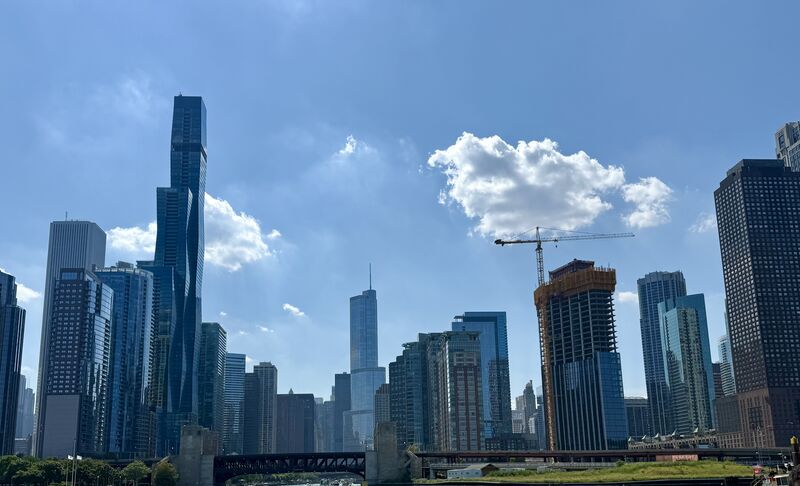
In 1871, a massive fire ripped through the city of Chicago, killing 300 people and destroying more than 17,000 structures. Do you know what started the inferno?
That was one of the questions the tour guide asked on the Chicago architectural boat tour that I took with my mom over the July 4th weekend.
A few people shouted from the crowd: “Cow.” “O’Leary.” “Lantern.”
Nodding, the guide went on to repeat the oft-told story about how Mrs. O’Leary’s cow kicked over a lantern, setting her barn ablaze and igniting the fire that swallowed 3.3 square miles of the city.
The only problem? It’s a myth — a complete fabrication.
The guide explained that Mrs. O’Leary, an Irish immigrant, was an easy target at a time when anti-Irish sentiment ran high. In truth, no one knows how the fire started. Not then, not now.
But the story stuck. It offered a simple explanation for a catastrophic event too big to comprehend. When facts are fuzzy, people fill in the blanks, often with whatever makes the most sense to them.
That’s a lesson for every leader.
When people don’t know what’s going on — especially during times of uncertainty — they create their own narratives. And once those stories take hold, they’re hard to shake.
The Great Chicago Fire is a powerful reminder of what happens when no one tells the real story.



